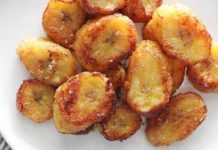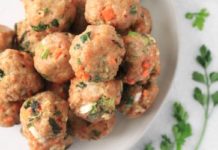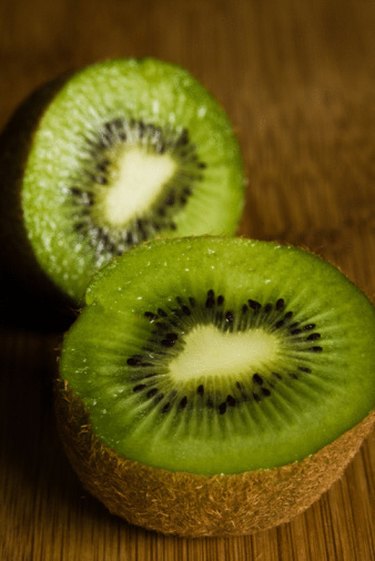 Kiwi
Kiwi
Kiwi fruits are popular for their sweet taste and high nutritional value. Kiwi is rich in vitamins A, C and E, and have about as much potassium as bananas. They also have 2 grams of dietary fiber per fruit. Kiwis are native to China, and while unknown to the Western world until the 20th century, are used extensively today. For those with a sweet tooth for the exotic treat, there are several other little-known fruits that share much of kiwi’s appeal.
Video of the Day
Pitaya
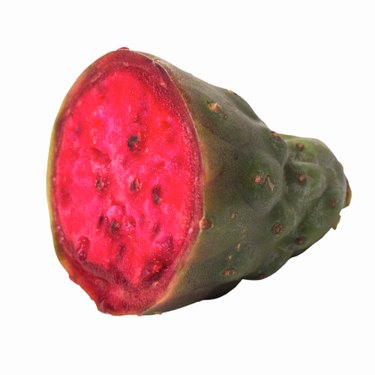 Pitaya
Pitaya
Pitayas are commonly known as dragon fruit or strawberry pear for their deep red color. They are normally eaten raw and likened to kiwi for their sweet taste and the presence of crunchy, black seeds. Also like kiwi, pitaya skin is not eaten, and the fruit is often converted into juice or used to flavor other drinks. Pitayas are also a source of dietary fiber. Their main nutrients are vitamin C, phosphorus and calcium. Pitayas are native to South and Central America.
Papaya
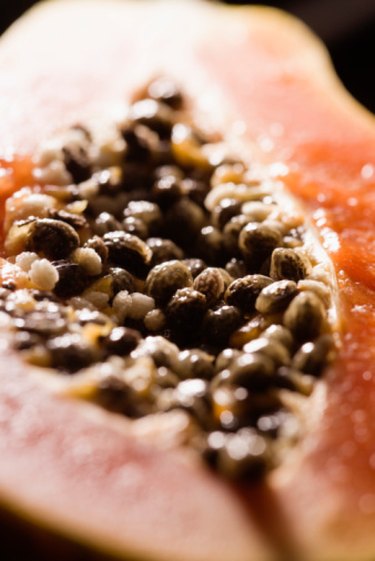 Papaya
Papaya
Papayas are shaped like long melons and revered for their soft texture and deliciously sweet flavor. The fruit originates from Hawaii, and it is said that Christopher Columbus once called them the “fruit of the angels” after noticing they never caused indigestion to the Caribbean natives. The reason for this is a digestive enzyme called papain which breaks down protein and aids the body in absorbing nutrients. Kiwi also has a significant amount of this enzyme. Also like kiwi, papayas contain citamin C and potassium.
Feijoa
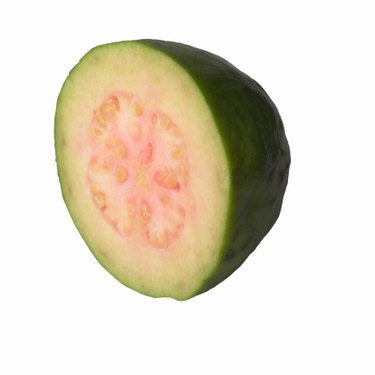 Feijoa
Feijoa
Feijoa are native to northern parts of South America and are popular for their sweet flavor. The fruit is juicy and contains a seedy, somewhat gritty pulp. The gritty texture is similar to a kiwi but more pronounced, facilitating its use as an exfoliant in cosmetic products. Feijoas contain a ton of vitamin C–the skin alone contains five times than an orange. They also have a considerable amount of iron.
Babaco
Babacos are uncommon, pentagon-shaped fruits originating from the south highlands of Ecuador. They are sometimes called the champagne fruit for their mildly sparkling flesh. They are light and sweet like kiwi and contain three times the amount of papain as a papaya. While babaco are seedless and therefore have a different texture than a kiwi, they are excellent sources of vitamins A and C.





























